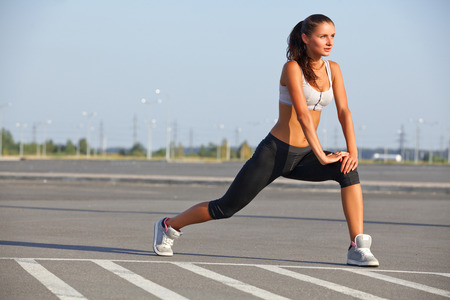Note that your final mark will not be saved in the system.
3.5 Optimising training and preventing injury Typeit
Type the correct answers into the spaces. Fill all the spaces before clicking ‘Check Answers!’

It is important to always be conscious of health and when training so the risk of injury can be reduced. The following factors should be taken into account by both coaches and performers to minimise the risk of injury:
Correct application of the of training. For example, progressive should be applied to avoid acute spikes in workload. Additionally, training at the correct and within the correct training threshold is important so that the athlete doesn’t train too hard and stress their bodies beyond their fitness capabilities, which could cause injuries. Furthermore, an individual should not train too frequently and should allow time for rest and .
Adhering to the of the competition or activity is important to protect against injury. These are usually in place to protect the athletes, especially in contact sports such as rugby, where tackling an opponent above the shoulder is strictly prohibited and results in a straight red card, unless there are mitigating circumstances that can downgrade the punishment, i.e. to a yellow card.
Appropriate for the sport or activity can reduce the risk of injuries. This quite often refers to footwear in sports or activities where the surface can prove a hazard. For example, rainy conditions can result in a slippery surface; therefore, footwear with grip should be worn to prevent falls. It would also be advisable to wear undergarments to maintain body temperature and reduce the risk of muscle strains or hypothermia.
Personal equipment (PPE) is specific to the sport being played, and many regulations state that this equipment is essential. For example, cricket batsmen must wear a to prevent the ball from making direct contact with the head. In boxing, participants must wear padded to reduce the impact of their punches. Some PPE is not stated in the rules and regulations of sports, but participants still take precautions by wearing it. This includes gum guards in rugby and hockey.
It is also important to pre-check and facilities. This forms part of a risk assessment to identify any potential in the environment. This responsibility falls to all parties – officials, performers and coaches.